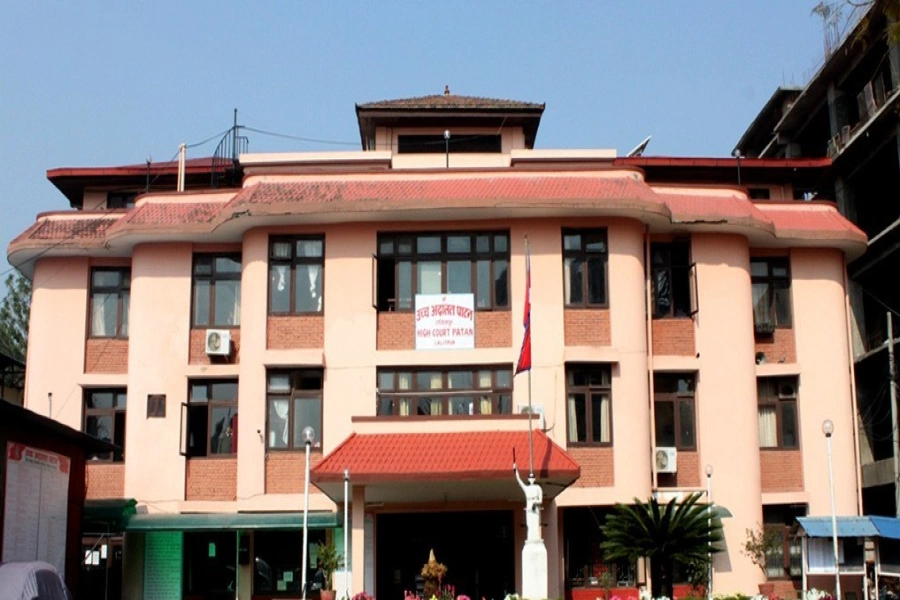There were setbacks. But the Nepali peace process kept inching towards its logical conclusion, in a “two steps forward, one step backward” fashion
Last week marked the 10th anniversary of the Comprehensive Peace Agreement (CPA) between the Maoists and the Government of Nepal that started the peace process hailed as a success worldwide. In the intervening period, Nepal elected two Constituent Assemblies, which together wrote a historic constitution, integrated or rehabilitated some 19,000 former Maoist combatants and managed their arms, and started a process of transitional justice to deal with conflict-era human rights abuses. The former Maoists are now part of mainstream political process and have been in and out of government. Though the transition has been rather long and complicated, Nepal’s peace process has rightly been described as exemplary. In this connection, UN Secretary-General Ban Ki-Moon visited Nepal in 2008 to hail Nepal’s success in this remarkable process, in which UN was a strong partner. So some salient points that made our peace process successful are worth contemplating on this anniversary.
First, Nepal’s peace process was owned by Nepalis, every step of the way. Nepal owned the process and kept the ownership mantra sacrosanct, even when it invited the UN to assist in certain aspects of the process. Though these external actors offered some help, the entire negotiations were done by Nepalis themselves without any outside mediation or involvement. There was no direct third party involvement at any stage of talks. Nepal thus avoided excessive involvement of outsiders in the peace process, but mobilized the creative support of its friends and neighbors.
For example, the November 2005 agreement between the Maoists and the main political parties, which paved way for subsequent peace agreements, was signed in New Delhi.
India helped create conducive environment for the agreement. New Delhi was cautious enough not to be too involved, but nonetheless kept supporting the process from outside.
India played a constructive role as it helped bring about mutual trust among the parties to the conflict. China, too, was steadfast in supporting the process. As a permanent member of the Security Council, China lent its full support, especially in getting United Nations on board.
Likewise, the US and the UK and Nepal’s other major donors like European Union, Japan, Norway, Denmark, Sweden and Switzerland remained supportive throughout, including in mobilization of resources. Nepal refused the proposals of some donors to create “contact groups” or “friends of Nepal”, which could have complicated things. We can say Nepal avoided excess involvement of non-essential actors, but kept them engaged. For example, the civil society groups played a constructive role in creating awareness and bringing in experiences and best practices from elsewhere, but they were never directly involved in negotiations.
Nepali political actors showed an extraordinary capacity to sort out differences that cropped up in the peace process through dialogue. It was in this spirit that the parties to the conflict signed the peace accord. This spirit of accommodation was also demonstrated in the agreements that the government signed with various groups, including the Madheshis and the Janjatis, which called for their strong participation in the process. These agreements were in turn hailed for creating conducive atmosphere for elections to the first Constituent Assembly in 2008. Though the implementation of the understandings was a challenge, they brought about far-reaching changes in the inclusiveness of Nepal’s political process.
Far-reaching decisions were made regarding participation of women. Though the involvement of women in peace talks was weak, women made their presence felt in the Constituent Assembly. The first CA had one-third representation of women, making it the 14th most-representative in the world in terms of gender at the time. It also had representation of various ethnic groups, indigenous communities and Daltis, who were historically treated as “untouchables”. Hopefully, similar spirit of accommodation will be seen while addressing the demands of the Madheshis, Thaurs and the Janajatis in the process of implementation of the new constitution.
The signing of the peace agreement paved way for the formation of an interim parliament and interim constitution that were instrumental in desired implementation of important decisions in the peace process. The Maoists not only joined the interim parliament, but also the interim government that played a critical role in holding the first CA elections.
This power-sharing was uniquely designed and given legitimacy through the interim parliament and interim constitution. Former King Gyanendra accepted the decision of the CA to opt for a “republic” in May 2008 and quit the palace peacefully. Power-sharing was accepted in true spirit, including in the formation of governments and adoption of the constitution.
Though Nepal’s young democracy suffered setbacks due to the insurgency and the royal takeover in 2005, its institutions survived. The Election Commission organized the elections to the first CA superbly. No political party or individual criticized its independent and professional role. Nepal’s military, otherwise criticized as “royal army” and a party to the conflict, capably supported their new political masters and did everything to support the process. Nepal’s bureaucracy also did it job well.
For its part the United Nations first started to be involved in the Nepali peace process through human rights monitoring. In May 2005, Nepal agreed to establish the Office of UN Human Rights High Commissioner (OHCHR-Nepal), which in turn contributed to creating conducive atmosphere for peace and democracy. This is an example of how human rights can be put in the right perspective for conflict resolution.
The United Nations was invited to support the peace process, particularly to monitor the ceasefire, assist with the elections and management of arms and armed personnel. It was under that request the United Nations Mission in Nepal (UNMIN) was established in January 2007 under a Security Council mandate. This was a “special political mission”, without any direct involvement of uniformed military personnel. Even the arms monitors worked as “qualified civilian monitors” without uniforms. UNMIN was supposed to be a “focused mission” with limited timeframe, though it had to remain in Nepal for more than four years due to delay in many aspects of the process. Even though it was controversial at times, the UN Mission was instrumental in creating an atmosphere for the implementation of the peace process, especially in the verification of combatants and management of their arms.
Among the remarkable aspects of the peace process is the unprecedented transformation of a former insurgent group into a democratic political force. Despite having their own army, the Maoists accepted political competition through elections as well as the tenets of democracy and human rights. Its leader Pushpa Kamal Dahal had in fact accepted “multiparty competition” after his party opted to participate in the peace process. Former prime minister and leader of Nepali Congress, Griija Prasad Koirala, who often is credited for this transformation in the Maoists, is said to have risked his political career to give Maoist rebels a chance.
Also, Nepal’s peace process, as any other peace process, had to balance the aspects of justice and peace. There is the issue of accountability to past crimes and rights abuses committed by both sides during the insurgency. After long negotiations, Nepal has set up two separate commissions for truth and reconciliation and to investigate the whereabouts of the persons disappeared during the conflict. Though the international community, including the United Nations, still has reservations on its provisions, including amnesty without proper justice, the Truth and Reconciliation Commission and the Commission on Investigation of Enforced Disappeared Persons have a chance to bring about an atmosphere of truth and reconciliation, which is mandatory for successful end of the peace process. This will be an important step in establishing accountability to the past crimes as well as in healing the wounds of the conflict.
Like every other peace process, Nepal’s has also seen occasional setbacks. There were moments of frustrations when elections were postponed or agreements broke down. But the Nepali peace process kept inching towards its logical conclusion, in a “two steps forward, one step backward” fashion. Despite setbacks, the peace process moved forward decisively and achieved several milestones, making it an exemplary example of conflict resolution. Though no two cases are the same, lessons from Nepal’s peace process can serve as an important guide for the resolution of ongoing conflicts in other parts of the world.
The author was Nepal’s
Permanent Representative to the United Nations between 2005 and 2009, when the most parts of the peace process were implemented

































